Every time I return to my hometown, I have a habit of bringing along an old camera to record peaceful moments, the pristine beauty of the pure farming lifestyle in the small village, which still holds many childhood memories. For generations, the lives of the people in that village have depended on rice and potatoes on the barren land left by their ancestors. In the past ten years, my hometown has seen a boom in the movement of young people going abroad to work, causing the village to change its appearance every day. Dirt roads have been replaced by clean concrete roads, simple tiled houses have been demolished and rebuilt in a new style, with solid Thai roofs as a trend. Every afternoon, young men and women ride shiny motorbikes, speeding to karaoke bars in neighboring villages to have fun, leaving behind a faint scent of perfume but still unable to erase the smell of mud and the smell of hard-working fields every day.
 |
The overseas trips of the village youths have made the material and spiritual life of the people in my hometown change dramatically in a positive direction. However, it has also faded the original, smooth beauty of the banyan tree, the ferry, and the communal house yard. The image of mothers and sisters rushing to the fields every morning, and in the afternoon, taking the opportunity to carry loads of dry straw, walking along the dike in rows, their silhouettes leaning in the afternoon sun, looking from afar like a work of art in the middle of the vast fields, has almost disappeared. The pulling power of buffaloes and cows has been liberated, so people do not need to store straw to feed the buffaloes and cows every winter. Therefore, finding straw is now extremely difficult. Stepping out of the village gate, the fields are still the same, a lush green color of rice. Yet the image of straw in the village has almost disappeared. I was constantly searching just to capture the scene of children playing around the straw or the buffalo dozing under the shade of the golden straw in the afternoon. It seemed simple but it was not easy to find. In the past, this scene was very normal but owning a camera was a luxury. Now, cameras and smartphones are indispensable, the image of the straw in every family has become rare.
I still remember the story of the old days, every harvest season, my village's fields were crowded like a festival. The rice plants were used from root to tip by the people. In addition to the rice grains - a precious source of life for each family, the rest of the rice plants were also transported back, drying the whole large yard in front of the house. When the rice grains were dry, people carefully put them in jars for storage, and the remaining straw was also perfectly processed. Just a long wooden stake or a tall bamboo trunk, firmly planted in the corner of the garden, the straw began to build up around the wooden stake. Building straw was not hard work, so we children were also mobilized. When the straw pile grew taller, a small ladder was put up, a few children climbed up, holding onto the bamboo stake, walking in circles, the straw was gradually compacted. When the straw was almost as high as the top of the stake, the building of straw was finished. To prevent rainwater from falling down and seeping in and rotting the pole, people put a straw hat on top, or tie a few palm leaves tightly on top, some careful families even cover it with a plastic sheet and tie it up. That's it. After months of being exposed to the sun and rain, the outer layer of the straw turns moldy, but the inside is still a bright yellow. When the grass in the fields is gone, the main food for the buffalo and cows in the village is straw. The straw is gradually removed from the base of the pole, creating hollows. After removing a full circle, the weight of the straw above causes it to collapse. People continue to remove it until only the pole remains. And usually by that time, winter has passed, grass and trees begin to grow again for the buffalo and cows to enjoy in the fields. The most interesting scene is still the scene of us children playing, playing hide and seek around the straw on clear, cool summer nights; weaving straw to keep the fire burning, warming ourselves while herding buffalo and cows in the cold winter. The smell of straw is so ingrained in my childhood memories that even now, no matter how far I travel, I still can't forget it.
ANH MAO LAKE
Source: https://baokhanhhoa.vn/van-hoa/sang-tac/202409/cay-rom-tuoi-tho-a4a30fb/



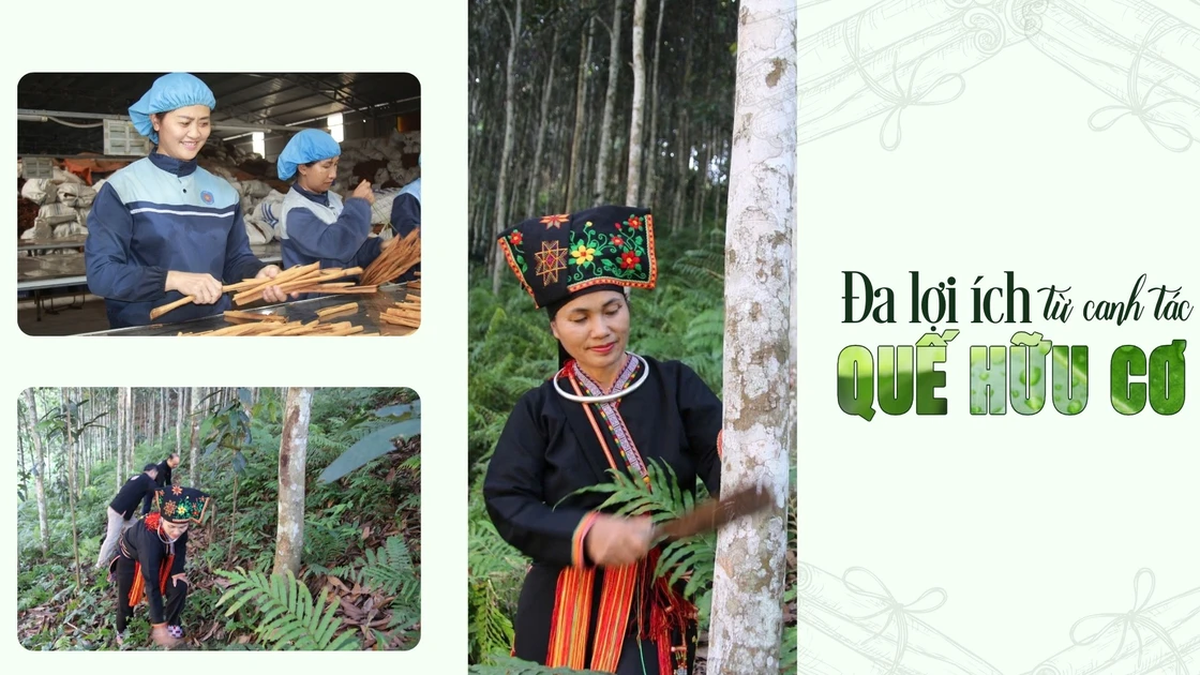
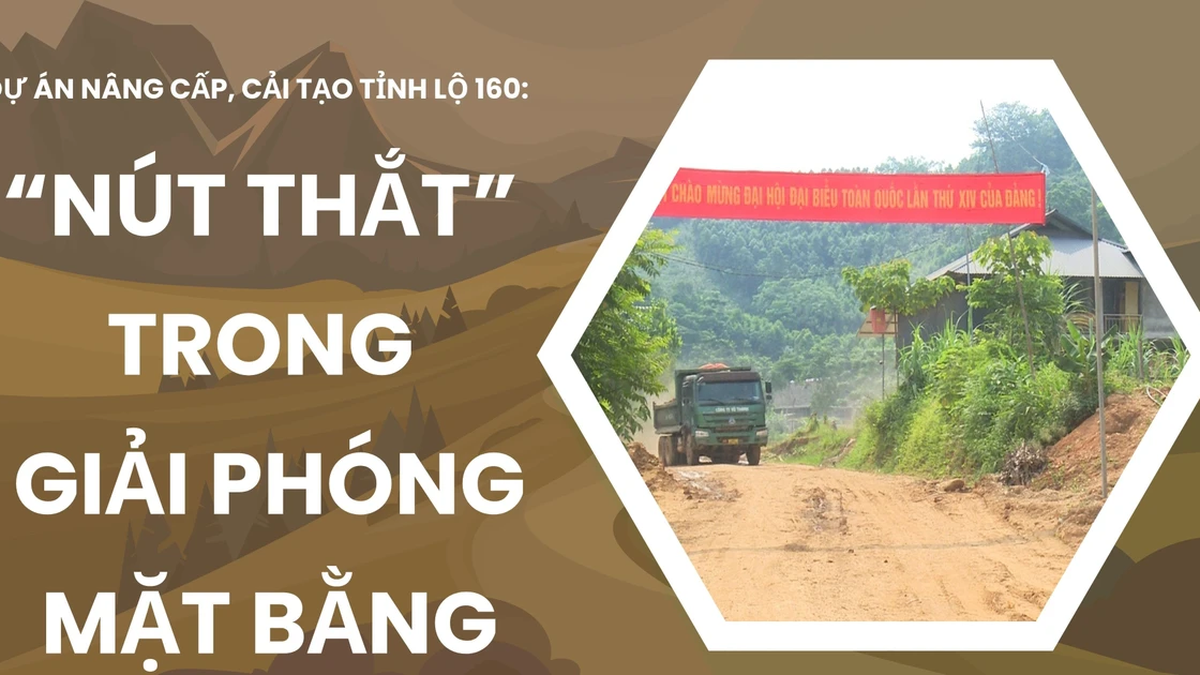

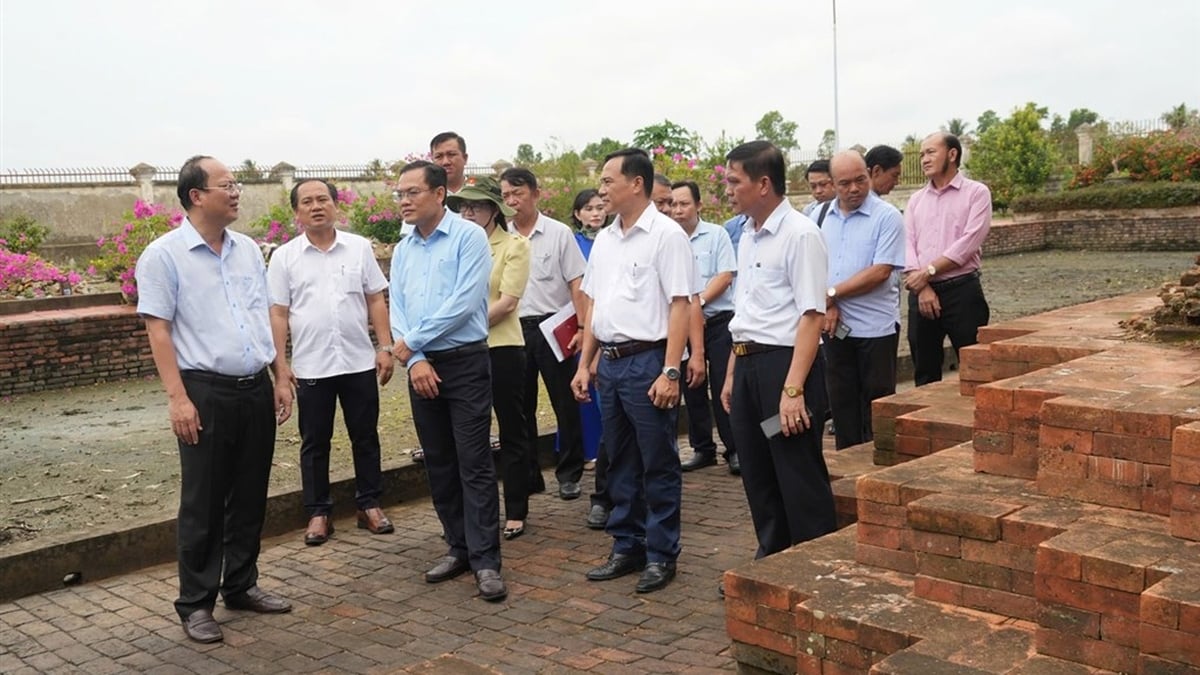



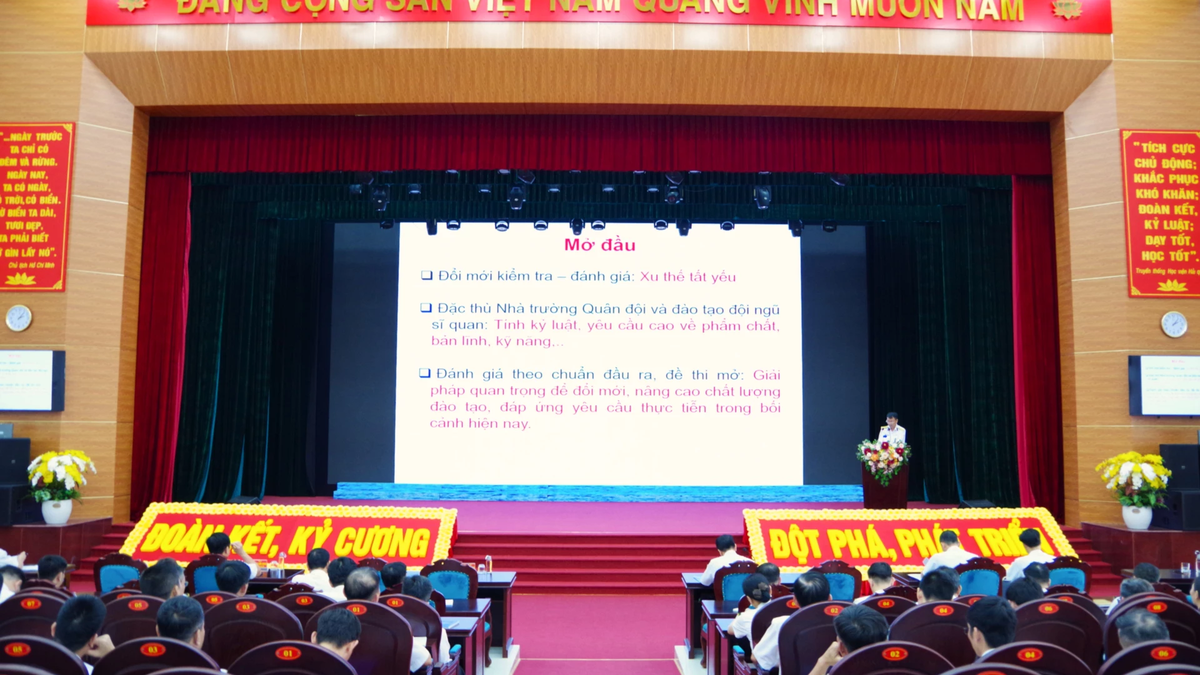
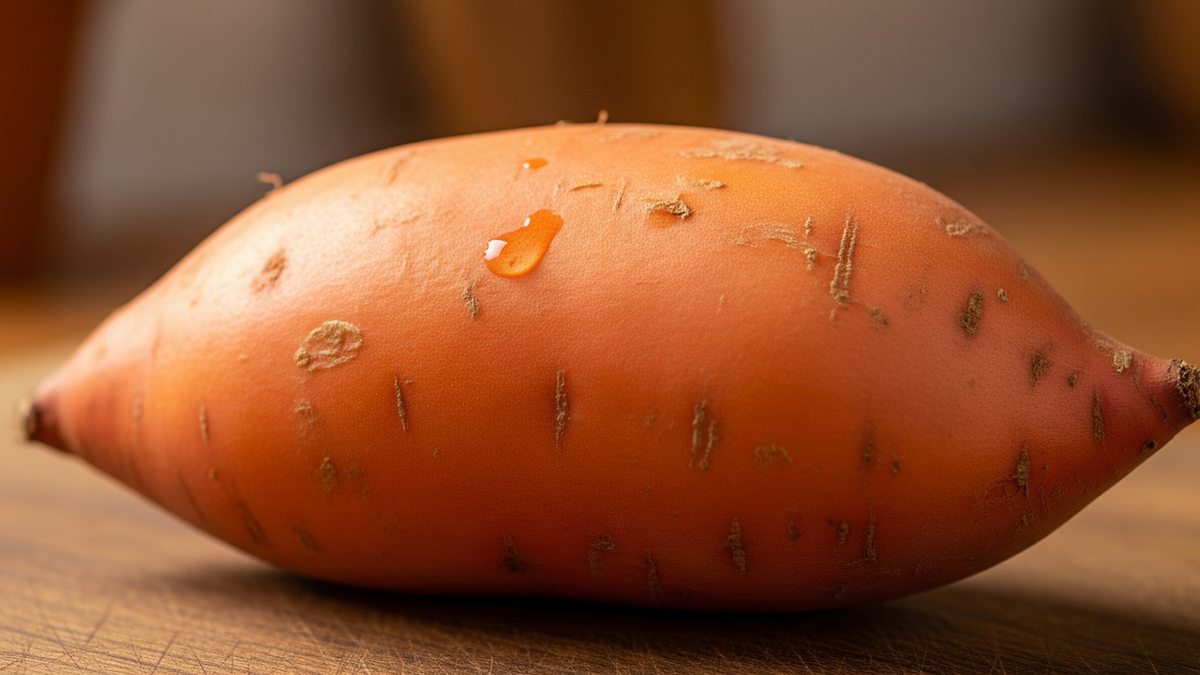






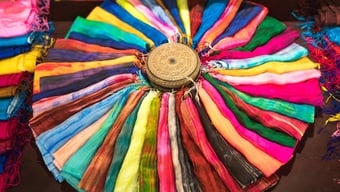





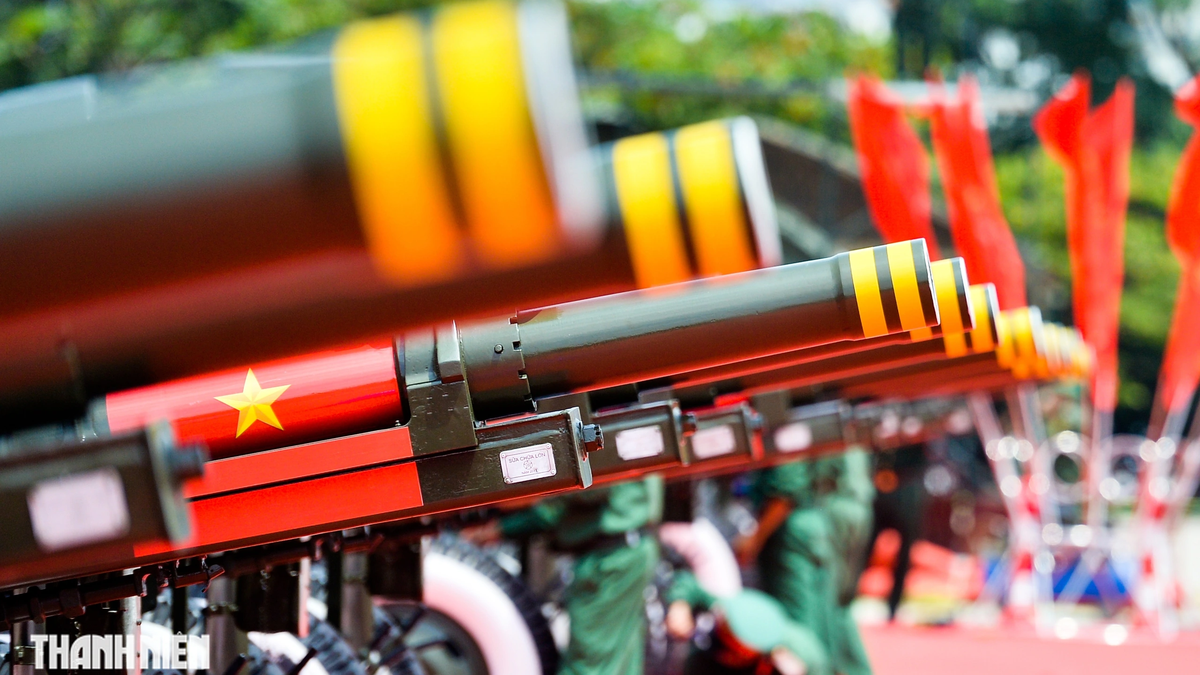



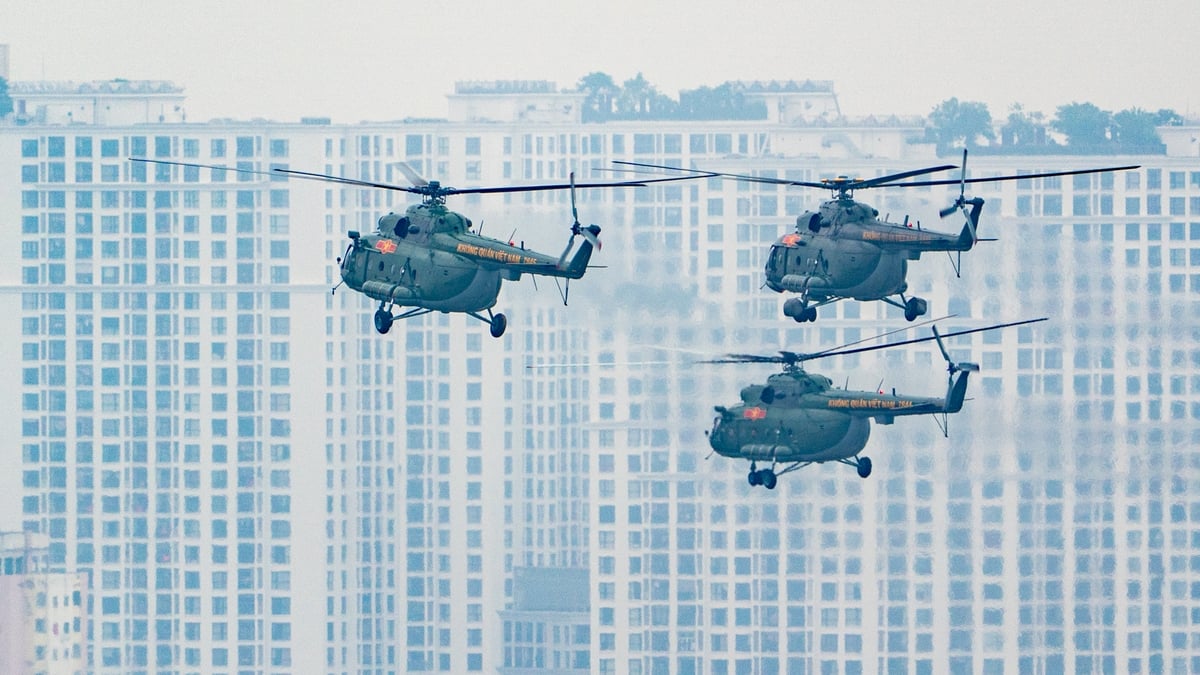
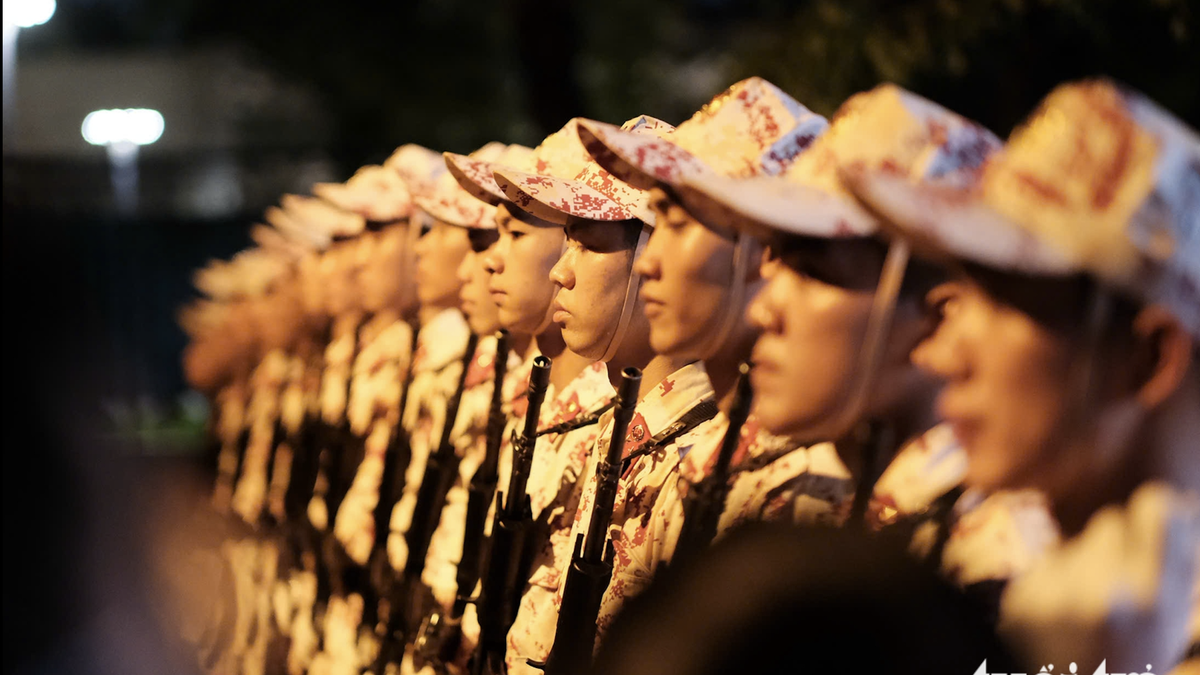
![[Photo] An Phu intersection project connecting Ho Chi Minh City-Long Thanh-Dau Giay expressway behind schedule](https://vphoto.vietnam.vn/thumb/1200x675/vietnam/resource/IMAGE/2025/8/21/1ad80e9dd8944150bb72e6c49ecc7e08)


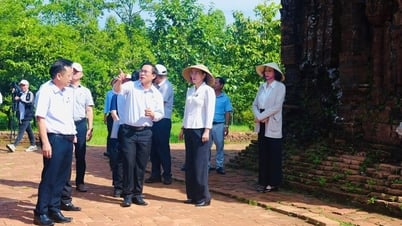



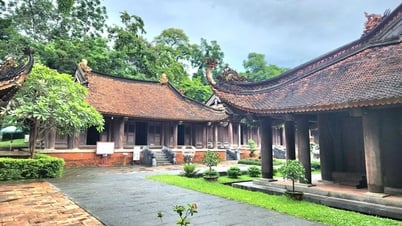
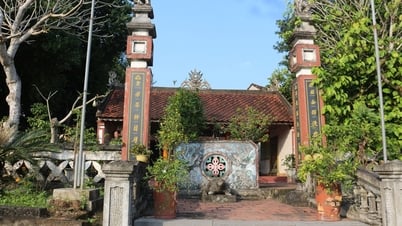
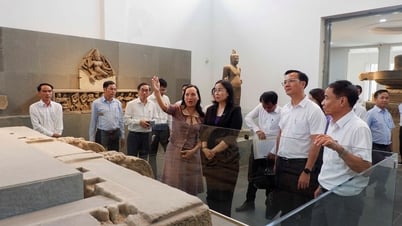
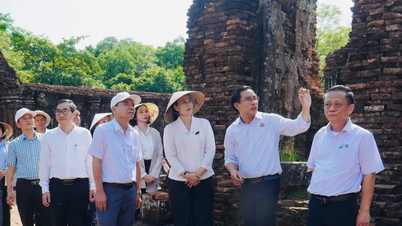

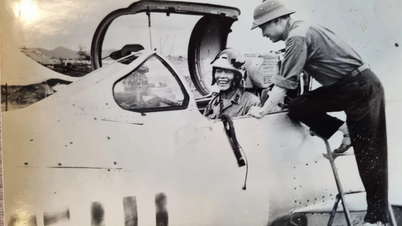

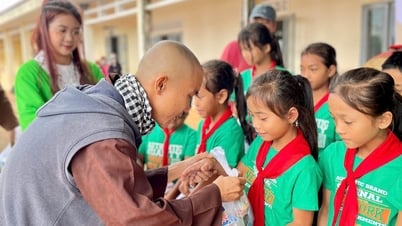






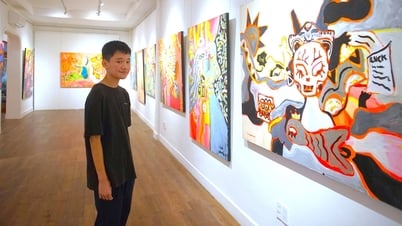












![[Photo] Politburo works with the Standing Committee of Hanoi Party Committee and Ho Chi Minh City Party Committee](https://vphoto.vietnam.vn/thumb/402x226/vietnam/resource/IMAGE/2025/8/21/4f3460337a6045e7847d50d38704355d)









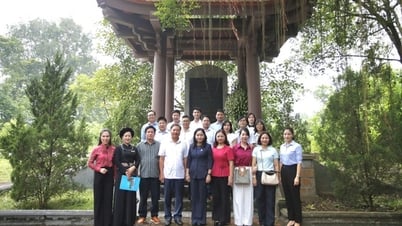
























Comment (0)